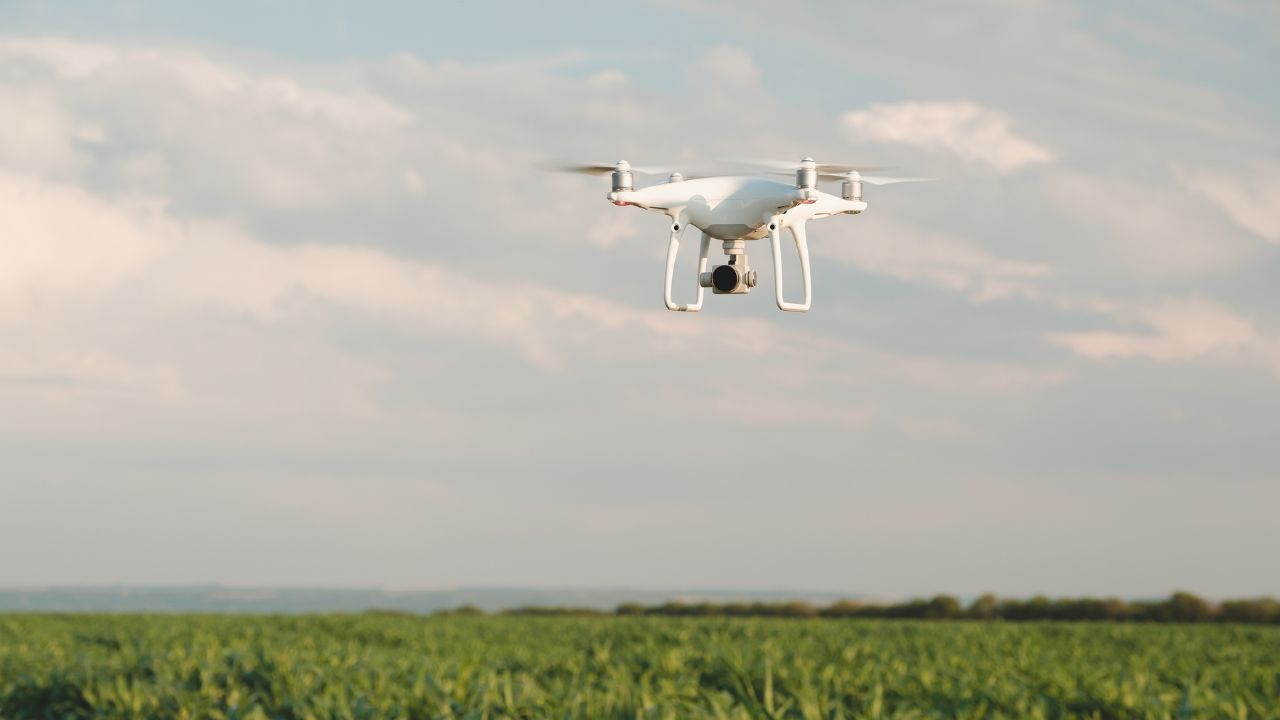In a substantial advancement for eco-friendly technology, the Italian Institute of Technology (IIT) revealed Acer I-Seed, an artificial seed for soil condition monitoring, as per the university’s press release.
This invention, detailed in the journal Science Advances, is a collective effort between IIT, led by Barbara Mazzolai, and the Leibniz Institute for New Materials (INM).
With reference to the release, Acer I-Seed signifies a synthesis of biomimicry and cutting-edge expertise. Drawing motivation from the aerodynamic features of Acer campestre seeds, this lenient robot is manufactured from a biocompatible and compostable material utilizing 3D printing technology.
The seeds are intended to mimic the aerodynamic behavior of their natural counterparts, guaranteeing effective scattering over large areas.
RELATED
- Autonomous seed-shooting drones can plant 40,000 trees a day
- A Look Inside the ‘Doomsday Vault’ that Houses the World’s Seeds
The Acer campestre seedling, inherent to Europe, comprises an exclusive mono-winged design that allows it to rotate like a helicopter blade during its fall. This aerodynamic feature decelerates the seed’s decline, permitting it to stay in the air longer and broadening the possibility of dispersion by wind gusts.
Particularly, these seeds are alleged to have influenced Leonardo da Vinci in conscripting his “vite aerea.”
Barbara Mazzolai, Associate Administrator for Robotics at IIT and Director of the Bioinspired Soft Robotics (BSR) Lab, highlighted the importance of duplicating nature’s tactics in robotic technologies: “Imitating the tactics or structures of living beings is crucial to obtaining innovation with low ecological impact in terms of energy and pollution,” she said in the report.
The artificial seeds include a biodegradable polylactic acid (PLA) with implanted non-toxic fluorescent lanthanide elements sensitive to temperature. This innovative material makes the seeds luminescent, presenting a exclusive method for monitoring soil temperature without requiring power sources or electronics.
Deploying Acer, I-Seeds is a two-step procedure. Drones release these luminescent seeds over large areas, impersonating the natural dispersal of seeds by wind. Once on the ground, the seeds are imaged by the same drones armed with fluorescence Light Detection and Ranging (fLiDAR) systems.
When exposed to near-infrared light produced by fLiDAR, the lanthanide elements fluoresce, with the color and strength representing the temperature of the soil.
Tobias Kraus, leading the progress of the flyer’s sensor resources at INM, highlights the ecological friendliness of this method. Moving the sensing into the material obviates power sources and microchip technology, making the flier eco-friendly and strong, he explained.
The positive on-field testing of the I-Seed Acer released by a drone proves the feasibility of this ground-breaking approach. Beyond soil temperature, the scientists envision mounting the capabilities of Acer I-Seeds to display other important ecological parameters, such as humidity, CO2 levels, or toxins.
Looking ahead, the IIT scientists plan to work together with interested companies to implement Acer I-Seeds on a greater scale, mainly in agricultural terrains. The goal is to allow distribute, synchronized, wireless, and eco-friendly ecological analysis, marking a momentous advancement in sustainable monitoring technologies.
This revolutionary research underlines the potential of biomimicry in soft robotics, presenting a promising avenue for biologically conscious invention. Acer I-Seed is evidence to the power of duplicating nature’s complex designs, paving the way for a greener and more supportable future.
The study was recently published in the journal Science Advances.








